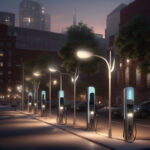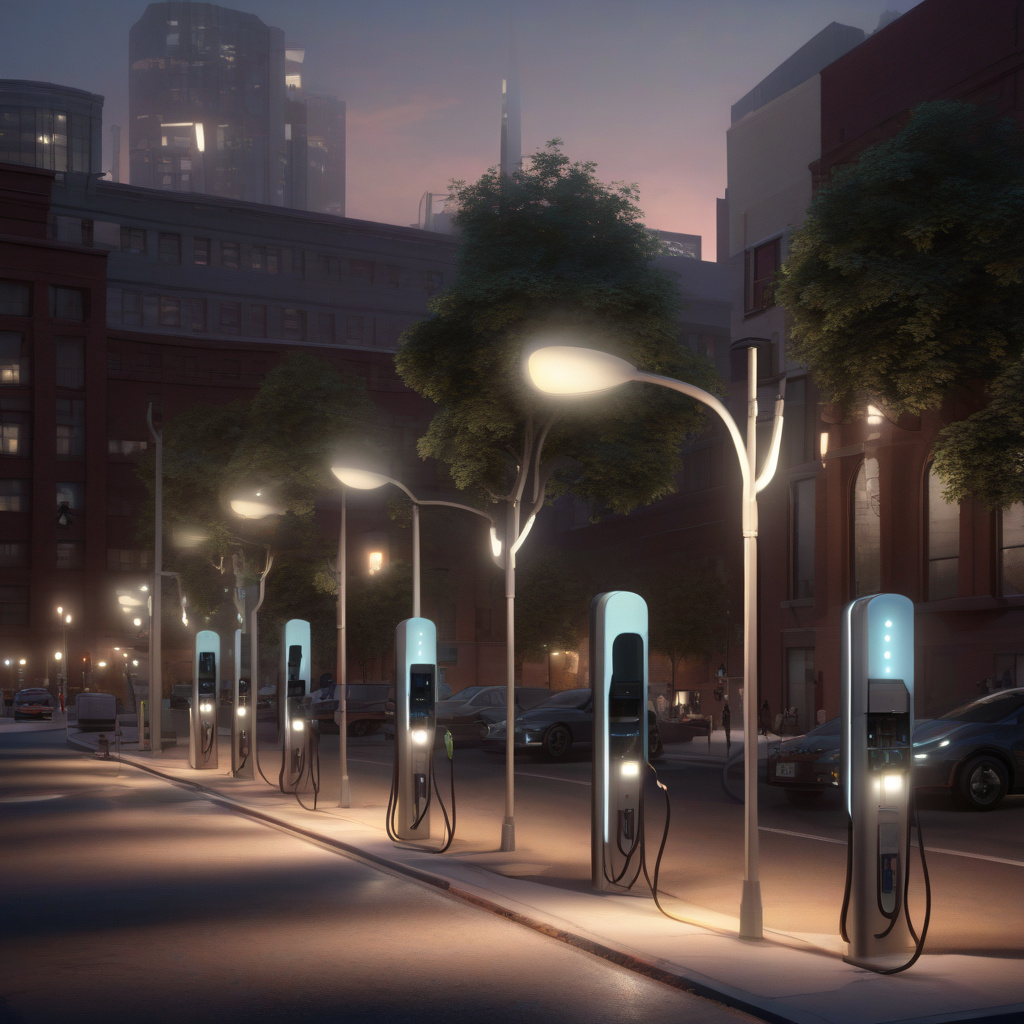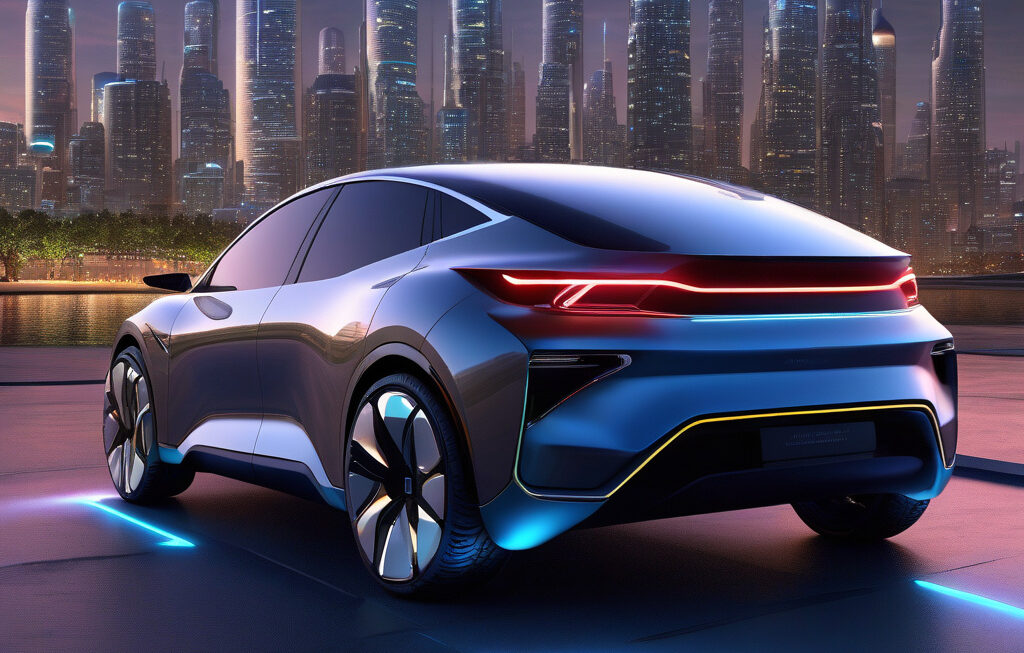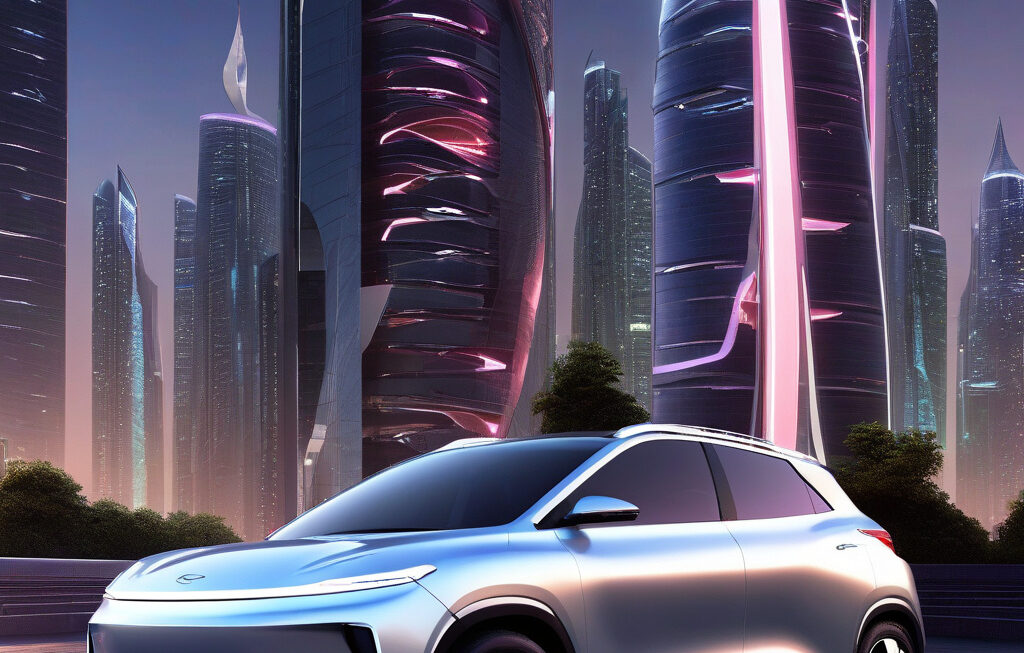US Researchers Retrofit Streetlights into EV Chargers in Cost-Effective Citywide Test
Electric vehicles promise lower costs and fewer emissions, but for city dwellers, charging access often remains a significant barrier to widespread adoption. In a groundbreaking move, a team of US researchers has found a cost-effective solution by retrofitting streetlights into electric vehicle (EV) chargers, potentially revolutionizing urban charging infrastructure.
The innovative project, conducted in a citywide test, aims to address the challenge of limited charging stations in densely populated areas. By utilizing existing infrastructure like streetlights, the researchers have not only minimized the need for new construction but also optimized the use of space in cities where real estate is at a premium.
One of the key advantages of this approach is the scalability it offers. With streetlights present throughout urban landscapes, the potential to convert them into EV chargers could significantly expand the network of charging points without the complexities associated with building new structures. This scalability is crucial for accommodating the growing number of electric vehicles on the roads and reducing the strain on existing charging facilities.
Moreover, the cost-effectiveness of repurposing streetlights for EV charging presents a compelling case for city planners and policymakers. By leveraging assets that are already in place, the financial investment required for establishing a robust charging infrastructure is substantially reduced. This could be a game-changer for municipalities looking to promote sustainable transportation options without incurring exorbitant costs.
In addition to the economic benefits, retrofitting streetlights into EV chargers also aligns with efforts to make cities more sustainable and environmentally friendly. By encouraging the adoption of electric vehicles through improved access to charging points, urban areas can reduce their carbon footprint and contribute to mitigating the impacts of climate change. This dual-purpose approach not only supports the widespread use of EVs but also advances the agenda of creating greener cities.
The citywide test conducted by US researchers serves as a testament to the power of innovation in overcoming barriers to sustainable transportation. By thinking creatively about existing infrastructure and repurposing it for a new use, they have demonstrated the potential for transformative change in urban mobility. If successful, this initiative could set a precedent for other cities to follow suit and accelerate the adoption of electric vehicles on a larger scale.
As the world transitions towards a more sustainable future, initiatives like retrofitting streetlights into EV chargers showcase the importance of ingenuity and collaboration in driving progress. By harnessing the collective expertise of researchers, city planners, and technology developers, we can create solutions that not only address current challenges but also pave the way for a cleaner, more efficient transportation system.
In conclusion, the concept of repurposing streetlights into EV chargers represents a significant step forward in the evolution of urban infrastructure. By tapping into existing resources and leveraging innovative technologies, cities can overcome the hurdles associated with electric vehicle adoption and move towards a more sustainable and environmentally conscious future.
electric vehicles, sustainable transportation, urban innovation, city planning, environmental impact












